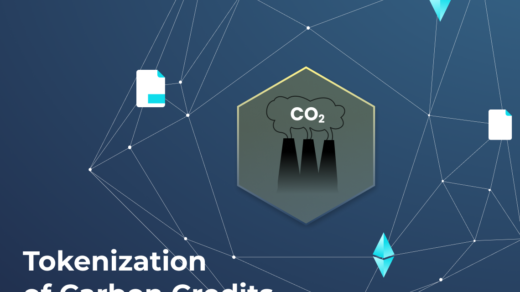The rise of blockchain technology and the digitization of assets have paved the way for innovative financial instruments, one of which is the Asset Tokenization Agreement (ATA).
This legal contract plays a pivotal role in the tokenization process, allowing assets, both tangible and intangible, to be represented as digital tokens on a blockchain.
In this article, we will delve into the concept of an Asset Tokenization Agreement, its essential clauses, and its significance in the world of tokenization.
Defining Asset Tokenization Agreement
An Asset Tokenization Agreement (ATA) is a legal contract that outlines the terms and conditions governing the tokenization of an asset.
It serves as the cornerstone of the tokenization process, ensuring that all stakeholders involved understand their rights, obligations, and responsibilities in the issuance, distribution, and management of tokenized assets.
Key Clauses of an Asset Tokenization Agreement
- Preamble:
- The preamble introduces the parties involved in the agreement, including the asset owner, the token issuer, and potentially other stakeholders such as investors or service providers.
- Asset Description:
- This clause provides a comprehensive description of the asset being tokenized. It includes details about the asset’s type, location, legal status, and ownership structure.
- Tokenization Details:
- Outlines the specifics of the tokenization process, including the number of tokens to be created, their value, and the rights and benefits attached to each token. This clause covers dividend rights, voting rights, and any other ownership privileges.
- Token Issuance and Transfer:
- Specifies the procedures for issuing tokens to investors, including the initial token offering (ITO) or sale. It also addresses the conditions and mechanisms for transferring tokens between parties, ensuring a clear and orderly process.
- Rights and Obligations:
- This clause delineates the rights and obligations of all parties involved in the tokenization agreement. It may cover the responsibilities of the asset owner, the token issuer, and any other relevant stakeholders.
- Dividends and Distributions:
- Details how dividends, profits, or other financial benefits derived from the tokenized asset are distributed among token holders. It may outline the frequency and method of distribution.
- Voting Rights:
- If applicable, this clause describes the voting rights granted to token holders, enabling them to participate in asset-related decisions, such as property management or corporate governance.
- Transfer and Redemption:
- Specifies the conditions and processes for transferring or redeeming tokens, ensuring that these actions adhere to legal requirements and the terms of the agreement.
- Dispute Resolution:
- Establishes a mechanism for resolving disputes among the parties involved, which may include arbitration or mediation processes.
- Governing Law and Jurisdiction:
- Specifies the jurisdiction and legal framework that govern the ATA, ensuring compliance with local laws and regulations.
- Compliance and Regulations:
- Ensures that the tokenization process complies with relevant local, national, and international regulations and legal requirements.
- Termination and Amendment:
- Addresses the conditions under which the agreement can be terminated or amended, providing a structured approach to making changes when necessary.
Conclusion
Asset Tokenization Agreements are becoming increasingly vital in the world of asset tokenization, providing a structured legal framework that safeguards the interests of all parties involved. These agreements not only define the parameters of the tokenization process but also ensure that the issuance, distribution, and management of tokenized assets align with regulatory and legal requirements.
As the tokenization of assets continues to gain momentum, understanding the nuances of an Asset Tokenization Agreement is paramount for all participants in this dynamic and transformative financial landscape. These agreements are poised to play a crucial role in the future of finance, enabling broader asset accessibility and a more efficient investment ecosystem.




